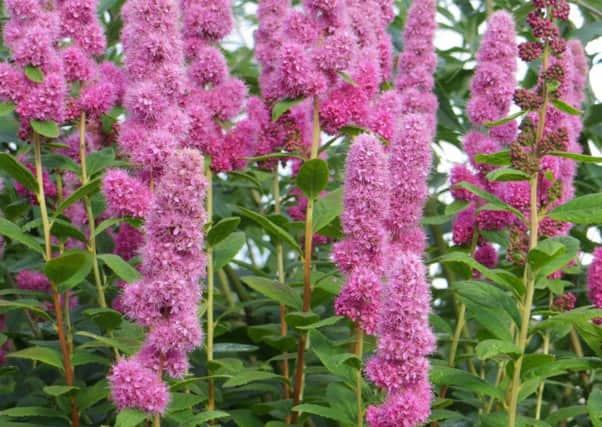Simple steps we can take to help bees


The aim is to encourage gardeners, farmers, landowners and anyone growing plants to take action and protect the country’s pollinators.
Of course, it alludes to more than bees because there are an estimated 1,500 different species of insects involved in the transfer of pollen between plants.
Advertisement
Hide AdAdvertisement
Hide AdBut this iconic insect springs first to mind whenever pollination is mentioned, and there is real concern about its falling populations.
Gardeners can help by growing more nectar-rich flowers and cutting their grass less often.
House owners are being asked to take five main steps to help bees, whose pollinating power boosts crop yields and quality of seeds and fruits by an estimated £600million a year.
Their suggestions are to think carefully about whether to use pesticides, avoid disturbing or destroying nesting or hibernating insects, leave small patches of land to grow wild, cut grass less often, and grow more nectar and pollen-rich flowers, shrubs and trees.
Advertisement
Hide AdAdvertisement
Hide AdAbsolutely in empathy with all of this, I’m thinking of the offering we have for bees in this garden.
It began with the winter heathers way back in February, and continued through long-flowering plants that have come in between.
Favourites at present are shrubby spiraea, escallonia and foxgloves.
Also popular are Nepeta (catmint), lavender and geranium, three must haves that flower for weeks on end.
Even the showy alstroemeria is attracting bees.
The camera button on my mobile phone will be in constant use between now and October, capturing images of bee-friendly plants in the gardens we visit.